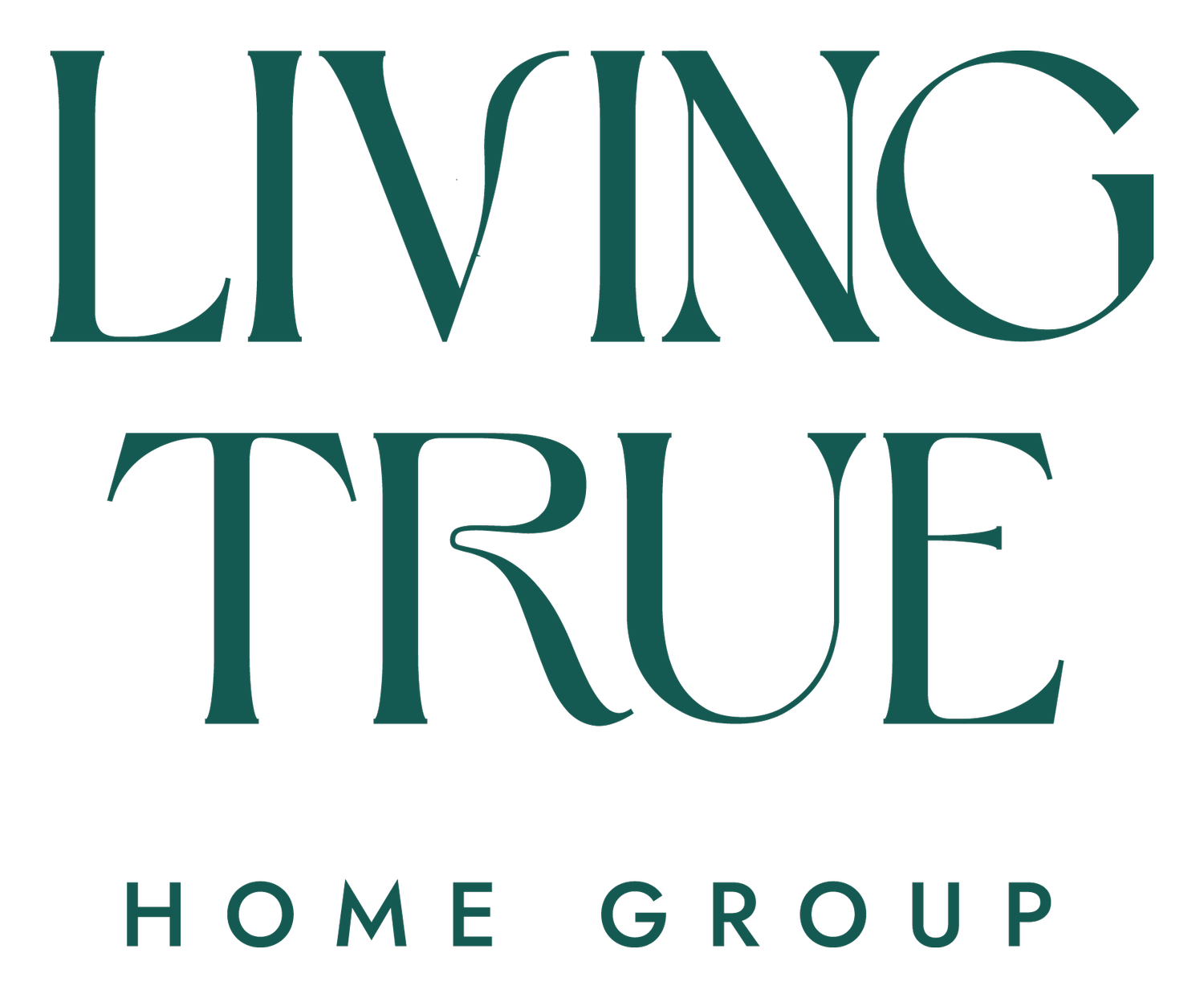The History of LGBTQ+ Homeownership
It is LGBTQ+ History month, so I thought it was appropriate to share some interesting history with you. Homeownership has long been a symbol of the American Dream, but for LGBTQ+ individuals, the path to owning a home has been riddled with obstacles. Historically, LGBTQ+ people have faced discrimination not only in the housing market but in nearly all areas of life. Laws criminalizing same-sex relationships, combined with societal bias, made it incredibly difficult for queer individuals to secure stable housing, much less buy a home. In the mid-20th century, LGBTQ+ people were often denied mortgages, refused service by real estate agents, or were simply too afraid to openly pursue homeownership.
It wasn’t until the LGBTQ+ rights movement gained momentum in the late 1960s, starting with the Stonewall Uprising, that some of these barriers began to be challenged. Activists worked to bring attention to housing discrimination, and while the Fair Housing Act of 1968 aimed to protect against various forms of bias, it didn’t explicitly include sexual orientation or gender identity. LGBTQ+ individuals were often left vulnerable, depending on local laws and the attitudes of those in the housing market.
The fight for marriage equality in the 2000s significantly changed the landscape of LGBTQ+ homeownership. Before the Supreme Court’s landmark decision in Obergefell v. Hodges (2015), same-sex couples faced legal hurdles when purchasing homes, including challenges with joint ownership and inheritance rights. The legalization of same-sex marriage removed many of these barriers, allowing LGBTQ+ couples to access the same home-buying benefits as their heterosexual counterparts—such as joint loans, tax benefits, and survivor’s rights.
Despite these advances, discrimination persists. Studies have shown that LGBTQ+ couples are still more likely to be denied mortgages or receive unfavorable loan terms compared to heterosexual couples. Additionally, geographic disparities play a significant role in homeownership. While some cities offer a welcoming environment and legal protections for LGBTQ+ individuals, many states still lack explicit protections against housing discrimination based on sexual orientation or gender identity.
As the LGBTQ+ community continues to grow, so too does its presence in the housing market. LGBTQ+ homeowners have historically created vibrant, inclusive neighborhoods, particularly in urban areas like San Francisco’s Castro District and New York’s Chelsea. Recently, more LGBTQ+ individuals and families are moving to suburban and rural areas, drawn by affordable housing, quieter lifestyles, and the desire for more space.
Looking ahead, the landscape of LGBTQ+ homeownership will likely continue to evolve. With federal protections against housing discrimination expanding, there is hope that more LGBTQ+ individuals will have equal access to the housing market. Though challenges remain, the dream of homeownership is becoming more attainable for a growing number of LGBTQ+ people in the U.S.

